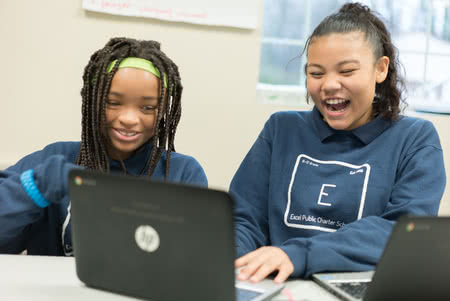Articles
#1) It was said that only 12% of computer science graduates were women. A non-profit organization, Girls Who Code was made to close the gender gap. Subconsciously, girls are afraid of failure as a result of society's depiction of us.
#2) Through Accredited Schools Online, the website shares solutions that could help more girls of color to be more interested in computer science and coding. Depending on age, the website offers various ideas for each age group. For example, kids could play games, read books, or play with toys while high schoolers are more geared towards attending virtual workshops.
#3) In KQED’s article, it displays solutions as to how to keep and gain more girls of color interested in coding. The website suggests introducing girls at a young age to computer science. The site also claims that having women mentors as well as mentioning the creativity side of coding is a leading factor in gaining a bigger audience.
#4) It states that there is under-representation of women in the media and that it can portray negative stereotypes about women. These stereotypes negatively impact girls' views of what they should do and what they’re capable of. In the article, it states that “As behavioral scientists studying women’s underrepresentation in the workplace, we know that this gender-imbalanced picture of society can reinforce and perpetuate harmful gender stereotypes.” If we represent women in the media more, it can even subtly make girls feel more safe and comfortable in the S.T.E.M field.
#5) The article states that representation has a big effect on its audiences. The article states that “ Our 2018 study, “The Scully Effect,” looked at the influence of The X-Files’ protagonist Dana Scully on girls and women entering the STEM field. Nearly two-thirds of women working in STEM today say that Scully served as their role model and increased their confidence to excel in a male-dominated profession. In other words, as we say, “If she can see it, she can be it.” It shows that if women that are in the S.T.E.M field are in the media it can have a large impact on girls and show them that they can do S.T.E.M. and succeed in the work field and achieve great things. Girls will see themselves in these characters and will start to believe and achieve.
Idea
Our idea is to show POC women in the S.T.E.M field, to reach all girls, and show them that they can be in this field
Personal Experience
"I chose this idea because my sister is a huge inspiration for me. She majored in Computer Science, graduated, and now is working for Intel. I can see myself in this field and I want the same experience for other girls." -Deanna Gant



.jpg?v=1591890810328)